In the home
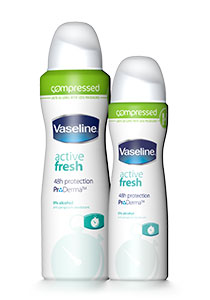
How many uses are there in the home for aerosols? Deodorants and hairspray are two. Can you find more?
On the farm
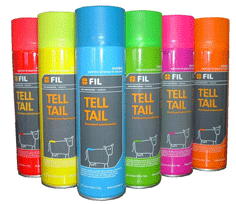
What uses can you think of for aerosols on the farm or at the vets. The picture shows a paint marker spray for cattle to show whether they are ready to mate or pregnant.
In medicine
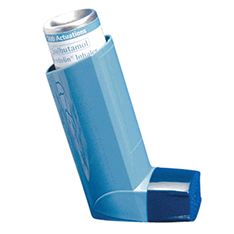
A visit to the chemists will show lots of medical uses. This picture shows an asthma inhaler. This aerosol is unusual because it creates a fine mist made from tiny droplets that can deliver a drug right into the lungs. Normally aerosols make larger droplets to stop this happening. Another feature is that it delivers a measured dose for each press. It has a specially designed valve to do this.
In industry
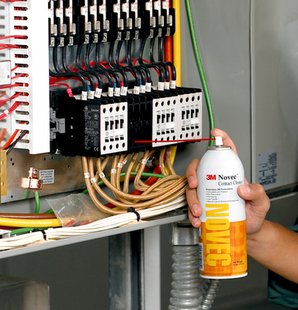
Industrial uses include cleaner sprays like this one and lubricant sprays.
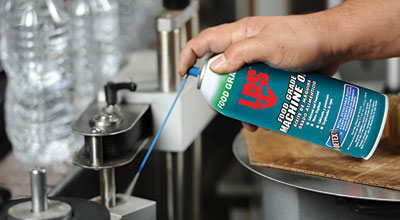
This is a food grade lubricating spray made from edible oils. Mineral oils are not allowed in food factories because they are toxic.
On the pitch

In World Cup and Premiership matches the referee uses a foaming spray that looks like shaving foam, but is a simple foam that disappears within about thirty seconds; just enough time for a free kick. The defenders must not move over the line.
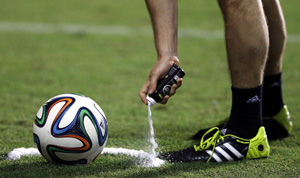
Photographs: Hassan Ammar/AP
The kick taker can't move the ball either.
At night
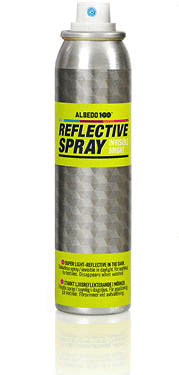
Aerosols can spray reflective coatings onto fabrics and even animals. The spray contains transparent micro beads that reflect light back to its source. This is called
retro reflection. Cat's eyes in the road work the same way with large glass spheres. White lines in the road also work the same way. The white paint contains tiny glass beads that are retro reflective.
Retro reflective coatings can be sprayed onto animals to avoid road accidents.
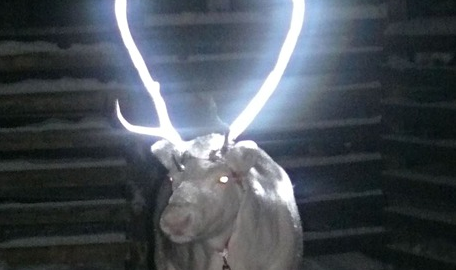 Images: Albedo100
Images: Albedo100
In the kitchen
Aerosol sprays for olive oil allow for use of very small amounts.
The can keeps light and air away from the oil to help preserve it.
In food aerosols the product (olive oil) and the propellant (in this
case compressed nitrogen) are kept separate by a bag inside the can.
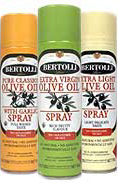
You can find out more about this on page 4.
Image: Lindal
At sea
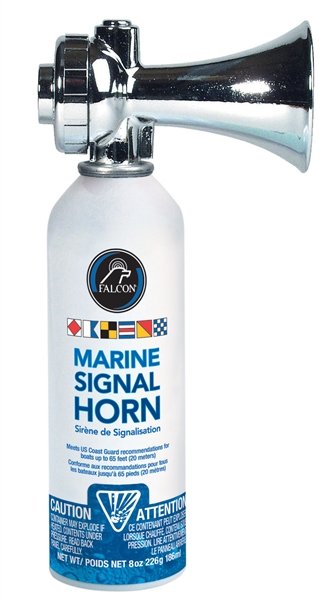
For small boats this aerosol horn can be heard a mile away.
Image: Falcon
Questions
1. Make a list of the products that can be delivered by aerosols. Are there any of these that would be difficult or wasteful to use in another type of container?
2. What advantages does an aerosol have for the lubricant spray in the food factory?
CLICK FOR ANSWERS
<index page next page>